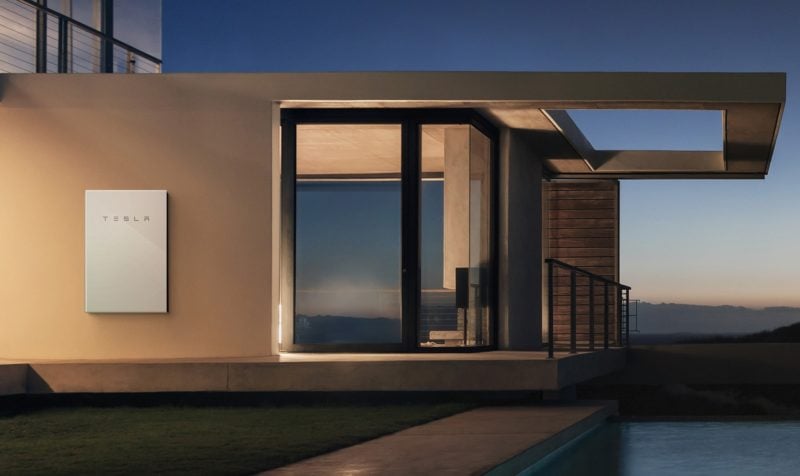
Last year, Tesla launched a pilot of their VPP (Virtual Power Plant) where select Tesla Powerwall owners across the state of California could volunteer to join a program that allowed the electric utilities to leverage Tesla Powerwalls distributed across the state to help alleviate strain on the grid during an emergency load event. The idea would be that Tesla Powerwalls distributed across the State could not only help provide backup energy during emergency load events, but it could eventually help drive a sustainable future by alleviating the need for higher pollution peaker plants that are fired up during emergency load events on the grid. At the time, Tesla Powerwall owners who enrolled in the program would not be compensated for the power, but was enough to help prove out the system.
In June of this year, customers of PG&E (Pacific Gas & Electric) and later in August, customers of SCE (Southern California Edison) began receiving invitations to join the Tesla Virtual Power Plant program. Those Powerwall owners in the VPP program who contribute to the grid during a power event would be compensated at a rate of $2 / kWh for electricity.
In a recent emergency load event on August 17, 2022, this seems to have been a major success. Prior to the emergency load event, Tesla Powerwall owners were given an option to opt out or utilize their Powerwalls to stabilize the grid while being paid for doing so. As seen from Tweets by @arctehinc and @mr_calico, 2,342 Tesla Powerwall homes in the “fleet” were able to contribute 16,606kW to the PG&E grid and an additional 268 Tesla Powerwall homes in the “fleet” were able to contribute 1,535 kW to the SCE grid.
Editor’s Take
This is a huge win for a number of reasons.
- This helps reduce the reliance on peaker plants which are traditionally fired up during emergency load events which are typically dirtier sources of power compared to renewables such as solar and wind. By reducing the need to fire up these plants and instead leveraging stored power that many Powerwall owners likely stored from their solar generation, we can significantly reduce reliance on “dirty” sources of energy.
- This substantially helps improve efficiency of the grid in the future. If every home were equipped with Powerwalls and were able to store energy when it is plentiful such as when the sun is shining during the day and when wind is producing during times of high winds, then we can offset other hours of the day such as at night or when the wind isn’t blowing by providing only the amount of energy needed for the operation of the grid rather than the current model which constantly overproduces or runs into shortages.

0 Comments